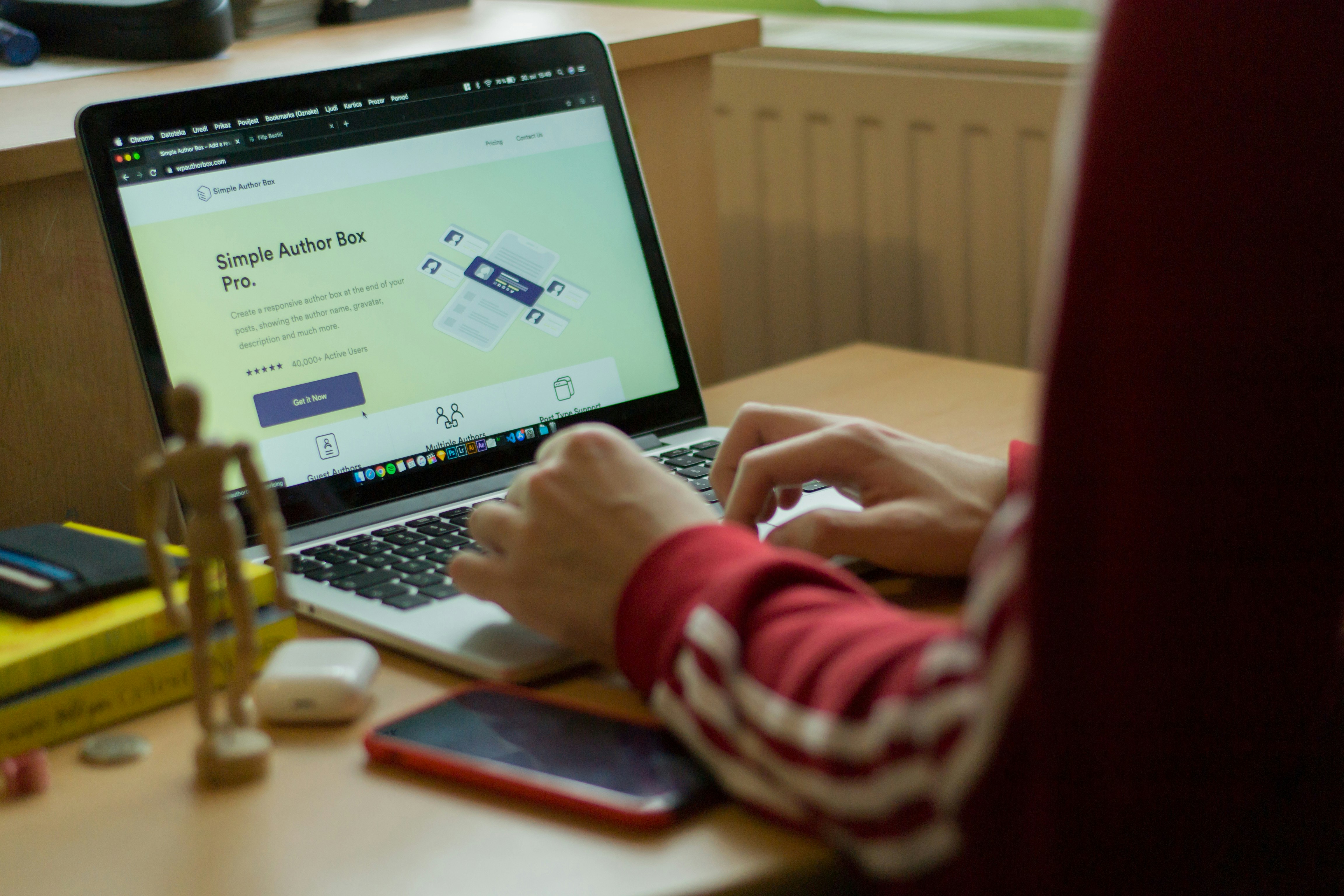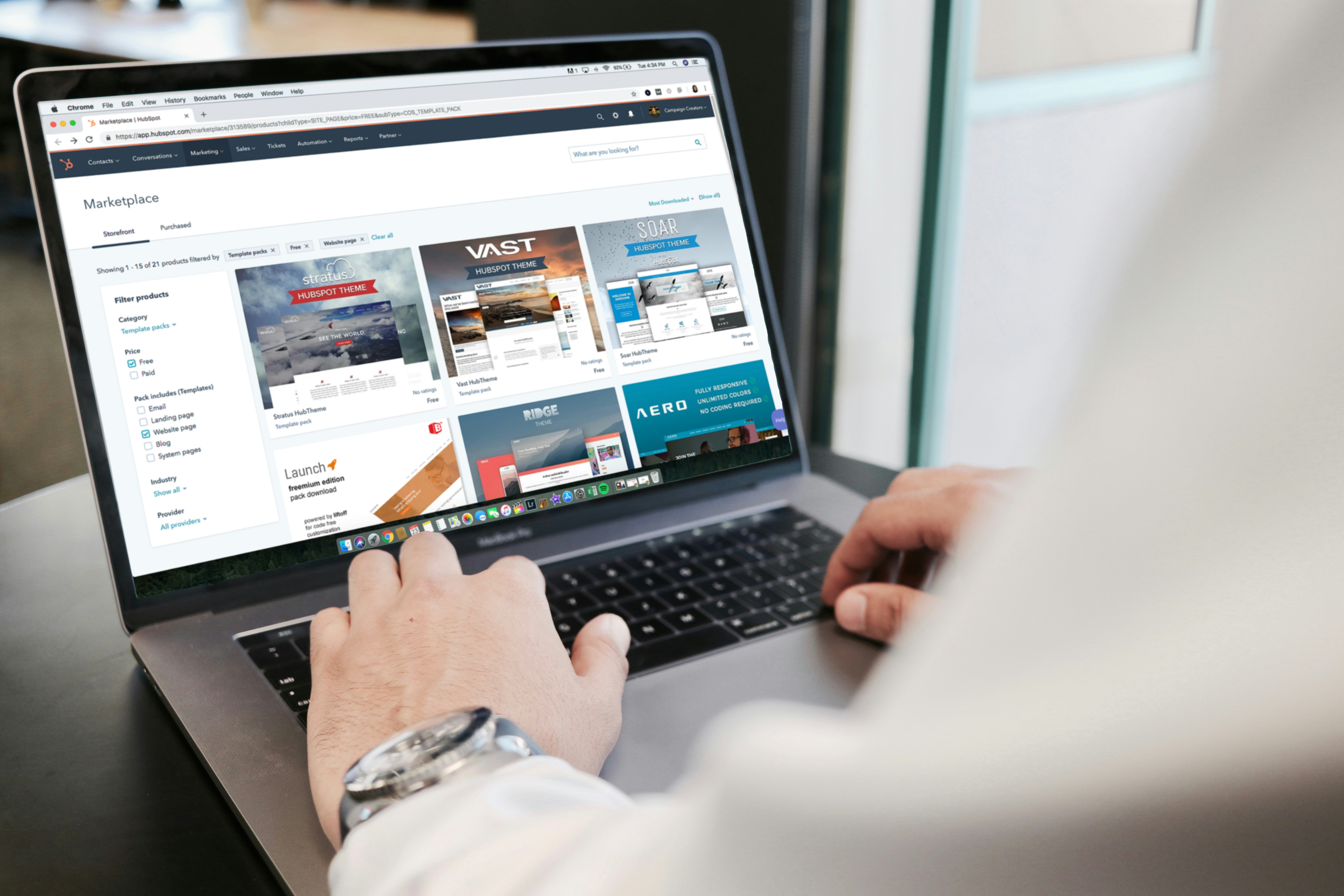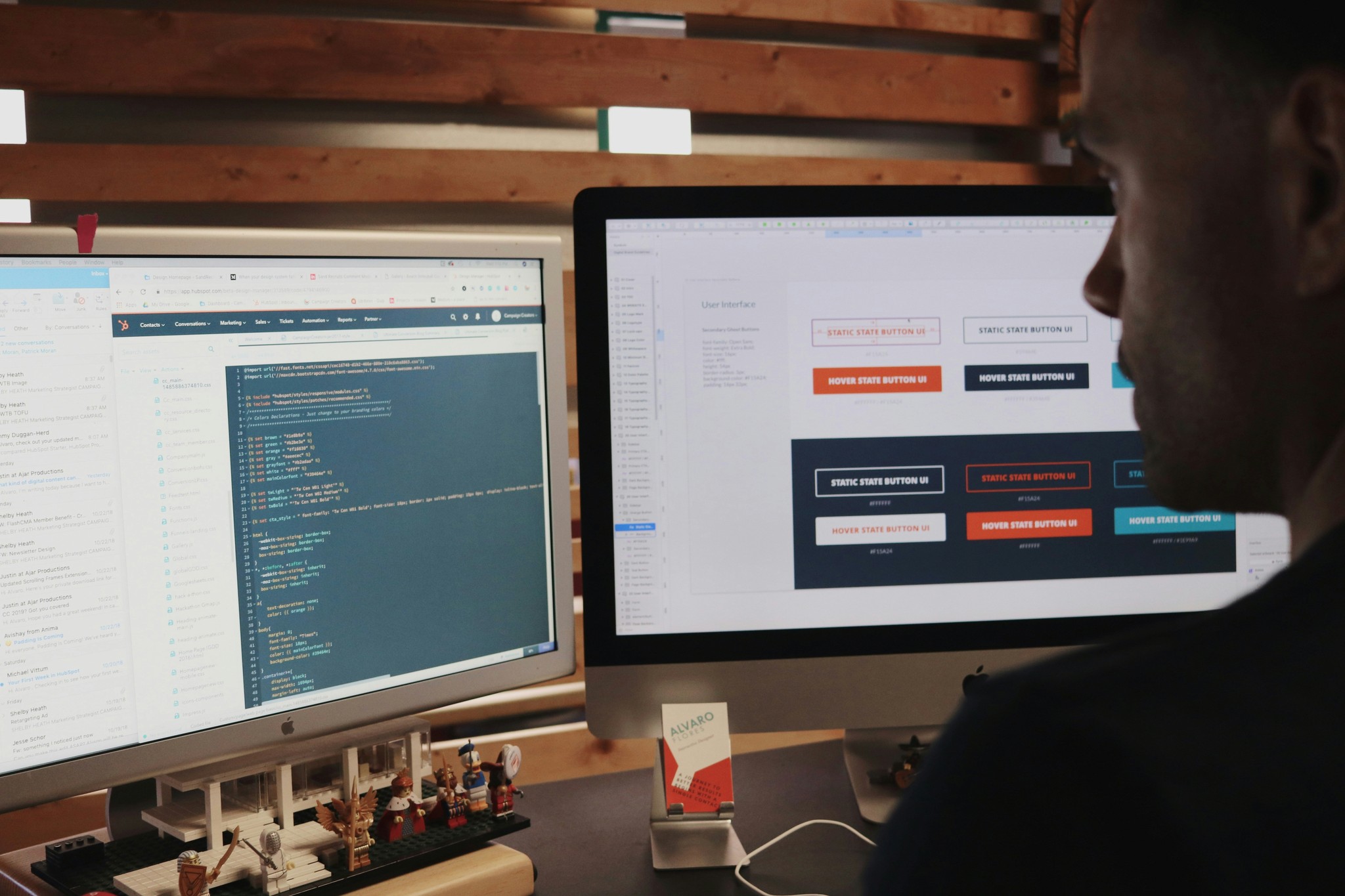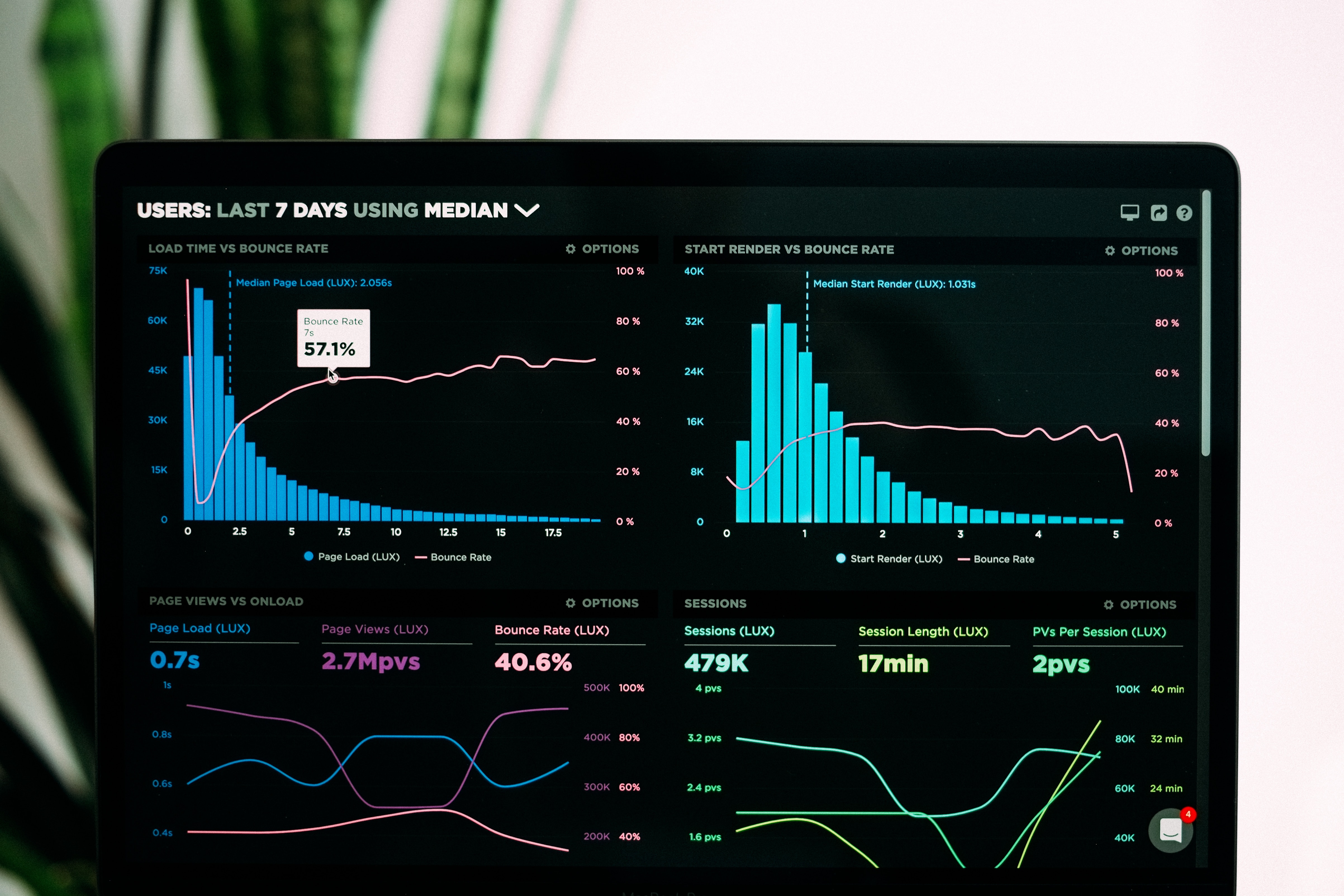Why More Agencies Are Turning to Framer for Web Development
Why More Agencies Are Turning to Framer for Web Development
Aug 7, 2024
Said Aidogdu
Why Agencies Choose Framer for Web Development
In the fast-evolving web development world, agencies seek tools. They want to enhance workflows, improve user experiences, and streamline design. Framer has become a top choice for design agencies. Its powerful features and easy-to-use interface are why it's so popular. This article explores why more agencies are using Framer for web design.
What are the Benefits of Using Framer for Web Development?
How does Framer increase workflow for design agencies?
Framer boosts design agencies' workflows by easing the shift from design to development. Unlike traditional coding, agencies can now build functional websites. They don't need extensive coding knowledge. Designers can use the intuitive interface to create interactive prototypes. They can test these prototypes in real time. This capability speeds up development. It also boosts collaboration between designers and developers. Built-in tools streamline project management. They help teams share progress and gather feedback. This ensures everyone is on the same page during the design process.
What are the best practices when using Framer?
To maximize the potential of Framer, agencies should adhere to several best practices. First, a structured workflow that uses Framer's prototyping tools can improve collaboration. Agencies should use Framer's vast library of components and templates to speed up design. Also, regular updates and exploring new features are essential. Framer often adds enhancements that can boost efficiency. Design agencies can stay ahead in web development. They must learn and adapt to Framer's tools.
How does Framer improve user experience in web design?
Framer transforms web design. It lets designers create interactive, user-captivating elements. The platform lets you use animations and transitions. They bring static designs to life. This engages visitors and encourages them to interact with the content. Framer's responsive design makes websites look great on all devices. This boosts accessibility and usability. Focusing on user experience can boost conversion rates and client satisfaction. So, Framer is a smart choice for modern web development.
How Does Framer Compare to Other No-Code Tools like Webflow?
What unique features does Framer offer that Webflow doesn’t?
Framer stands out from no-code tools like Webflow. It focuses on design flexibility and real-time collaboration. Webflow is a powerful website builder. But, Framer lets designers create interactive prototypes that can be quickly adjusted. AI in Framer boosts its design potential. It enables smart layout tweaks and predictive design features. These features speed up development. Framer's design and features make it a top choice for agencies wanting to innovate in the digital space.
Can Framer be considered a superior web builder compared to Webflow?
Whether Framer is superior to Webflow often depends on the specific needs of an agency. Framer excels in prototyping and UI design. It's a top choice for teams creating dynamic user experiences. Webflow has strong e-commerce tools and a CMS. They may appeal to agencies that specialize in online retail. In the end, it depends on the project's goals. Both platforms have unique strengths in web design and development.
What are the pros and cons of using Framer vs Webflow?
Framer has a user-friendly interface. It lets you create interactive prototypes. It also has built-in tools for animation and design flexibility. Framer also simplifies workflows for design agencies. It allows quick iterations without much coding. It may lack some advanced e-commerce features. Webflow, which is for online stores, has them. Agencies must weigh these factors when choosing between Framer and Webflow. They should consider their project's needs and clients' expectations.
In What Ways is Framer Transforming Web Design and Development?
How is Framer changing the landscape of website development?
Framer is revolutionizing the website development landscape by democratizing design. Its no-code framework empowers designers who may not have extensive coding knowledge to create functional websites. This shift lets agencies focus on creativity and user experience. They won't be bogged down by complex coding processes. Framer's focus on collaboration and feedback boosts an agile dev environment. It allows for quick changes, optimizing agencies' dev time.
What role does AI play in Framer's web design capabilities?
AI greatly enhances Framer's web design. It offers smart layouts and design tips that adapt to user interactions. These AI tools help designers. They offer insights and tips. This speeds up decision-making. Framer uses AI. It simplifies design and improves user experience. It predicts user behavior and adjusts designs accordingly. This integration of AI technology positions Framer as a forward-thinking tool in the realm of web design.
How can Framer sites be optimized for better performance?
To achieve optimal performance with Framer sites, agencies should focus on several key strategies. First, optimizing images and media can significantly reduce loading times, enhancing user experience. Framer's built-in performance tools can help designers. They can find bottlenecks and areas to improve. Also, using SEO best practices in Framer can boost site visibility and engagement. Agencies can use Framer's design tools and optimize for tech. This will create high-performing websites that stand out in the digital world.
What are the Key Features of Framer That Agencies Should Know?
What built-in tools does Framer provide for designers?
Framer provides a plethora of built-in tools that cater specifically to the needs of designers. These resources, from interactive components to templates, enable rapid design and prototyping. The platform can integrate with popular design tools like Figma and Sketch. This ensures a smooth transition from design to development. It makes it easier for agencies to bring their creative visions to life. Also, Framer's collaborative features let multiple team members work together. This boosts creativity and productivity in the design process.
How does Framer support prototyping and animation?
Framer's robust support for prototyping and animation sets it apart as a premier design tool. Designers can make interactive prototypes. They simulate user interactions. This gives a preview of the final product. The platform can animate. It can add dynamic transitions and effects. This makes web experiences more engaging. This focus on interactivity boosts the design. It also reveals user behavior. This lets agencies improve their designs using real-world feedback.
What are the most user-friendly aspects of using Framer?
Framer's best features are its intuitive interface, drag-and-drop tools, and real-time collaboration. They make it very user-friendly. The learning curve is minimal, allowing new users to quickly adapt and start creating without extensive training. Framer's docs and community support enhance the experience. They provide agencies with the resources they need to succeed. Its user-friendly features appeal to both pros and web design newbies.
Why Should Agencies Consider Framer as Their Primary Design Tool?
What are the essential points of Framer that agencies should focus on?
Agencies should focus on a few key points when considering Framer as their main design tool. The platform can create interactive prototypes. It also integrates well with design tools like Figma. These are major advantages. Additionally, Framer's built-in tools for collaboration and project management enhance workflow efficiency. Agencies can use these features to deliver high-quality designs. They will meet client expectations and streamline the development process.
How can using Framer streamline the design process for agencies?
Framer can help agencies by saving coding time. This lets them focus more on design quality. Quickly creating functional prototypes allows for immediate testing and iteration. This lets agencies refine their designs based on user feedback. Also, Framer's team environment lets all members contribute. This cuts miscommunication and improves project outcomes. This streamlined approach ultimately leads to faster project delivery and higher client satisfaction.
What feedback have agencies provided about their experience with Framer?
Agencies have given positive feedback about Framer. They like its easy-to-use interface and powerful design tools. Many have praised the platform. It helps teams collaborate and streamlines design. Also, agencies appreciate Framer's focus on user experience. The interactive prototypes made with the tool have greatly improved client presentations. Most design agencies now agree that Framer is a key tool in web development. It is valuable in the competitive landscape.


































